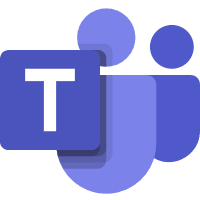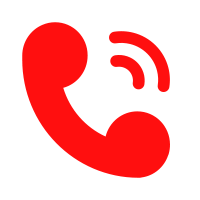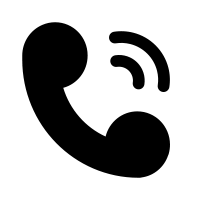Asset Tracking and Indoor Navigation
Amid the wave of digital transformation, asset tracking and indoor navigation are transforming how enterprises manage spaces and resources. From hospitals efficiently tracking medical equipment to malls offering seamless navigation for customers, these technologies enhance efficiency, reduce costs, and optimize user experiences.
01 Asset Tracking
Asset tracking involves real-time monitoring of physical assets' location, status, and usage to optimize resource utilization and minimize loss or idleness. It benefits industries like healthcare, logistics, manufacturing, and retail. Key technologies include:
RFID: Enables short-range, high-precision tracking for inventory and retail.
Bluetooth Low Energy (BLE): Cost-effective beacons for mobile device interaction.
Ultra-Wideband (UWB): Offers centimeter-level accuracy for high-precision needs, like hospital equipment tracking.
Wi-Fi Positioning: Leverages existing Wi-Fi networks for broad coverage.
IoT Platforms: Integrate sensor data for real-time status monitoring (e.g., temperature, humidity).
GPS: Primarily for outdoor tracking, limited indoors.
02 Indoor Navigation
Indoor navigation provides precise positioning and navigation services in complex indoor environments, akin to outdoor GPS. It serves commercial spaces, airports, hospitals, and museums. Key technologies include:
BLE Beacons: Smartphones receive signals for positioning.
Wi-Fi Positioning: Uses signal strength for triangulation, offering wide coverage.
UWB: High-precision positioning for multi-floor or complex environments.
Visual Positioning: Combines cameras and AR for immersive navigation.
Geomagnetic Positioning: Utilizes Earth's magnetic field for signal-free scenarios.
03 Synergistic Integration
Combining asset tracking and indoor navigation significantly boosts operational efficiency and user experience. Examples include:
Hospitals: Asset tracking locates medical equipment; indoor navigation guides staff to it, saving time.
Warehouses: Asset tracking monitors goods; indoor navigation optimizes forklift routes.
Retail/Malls: Asset tracking streamlines inventory; indoor navigation enhances personalized shopping.
This synergy improves internal operations and delivers smarter, more convenient experiences for customers and staff.
Industry trends lean toward high precision, low cost, and intelligence. Declining UWB costs expand its use, while AI and IoT integration advances data analysis and personalized navigation. 5G enhances real-time reliability. Challenges include high deployment costs, signal interference, costly indoor map maintenance, and data privacy concerns requiring GDPR compliance.




.png)

.png)












